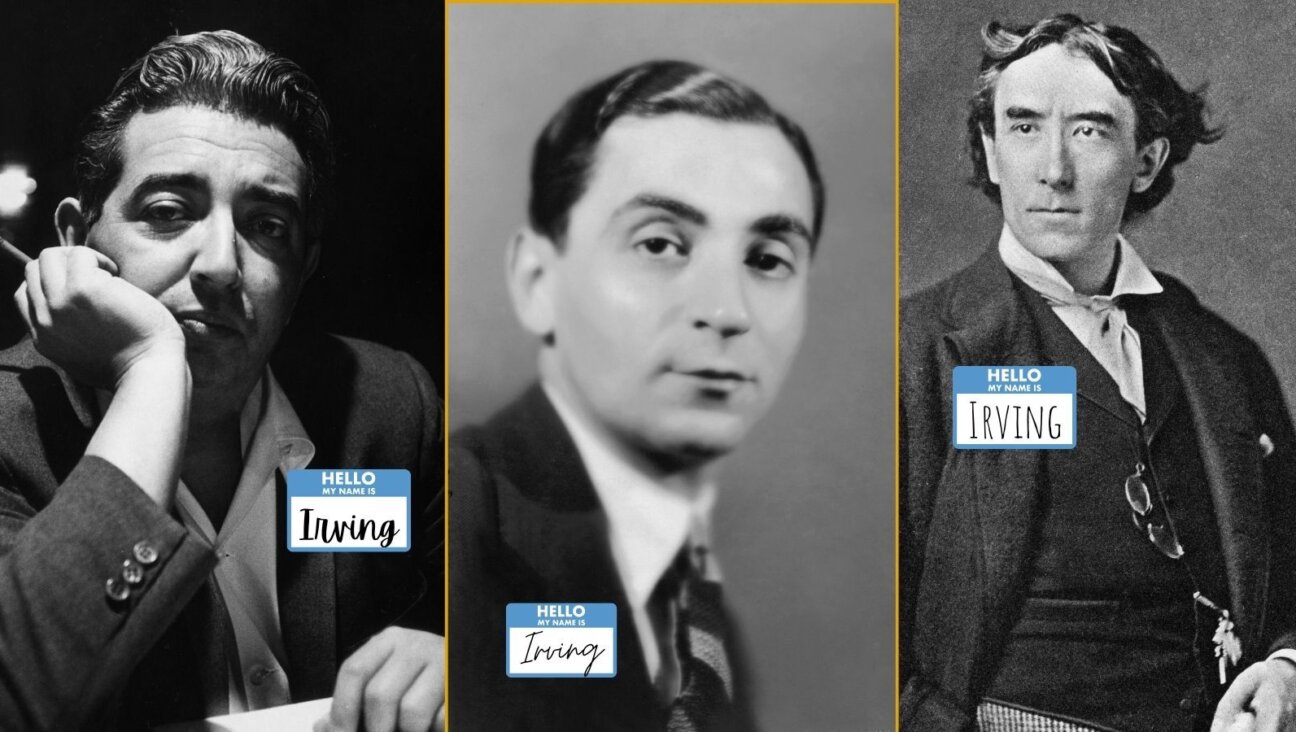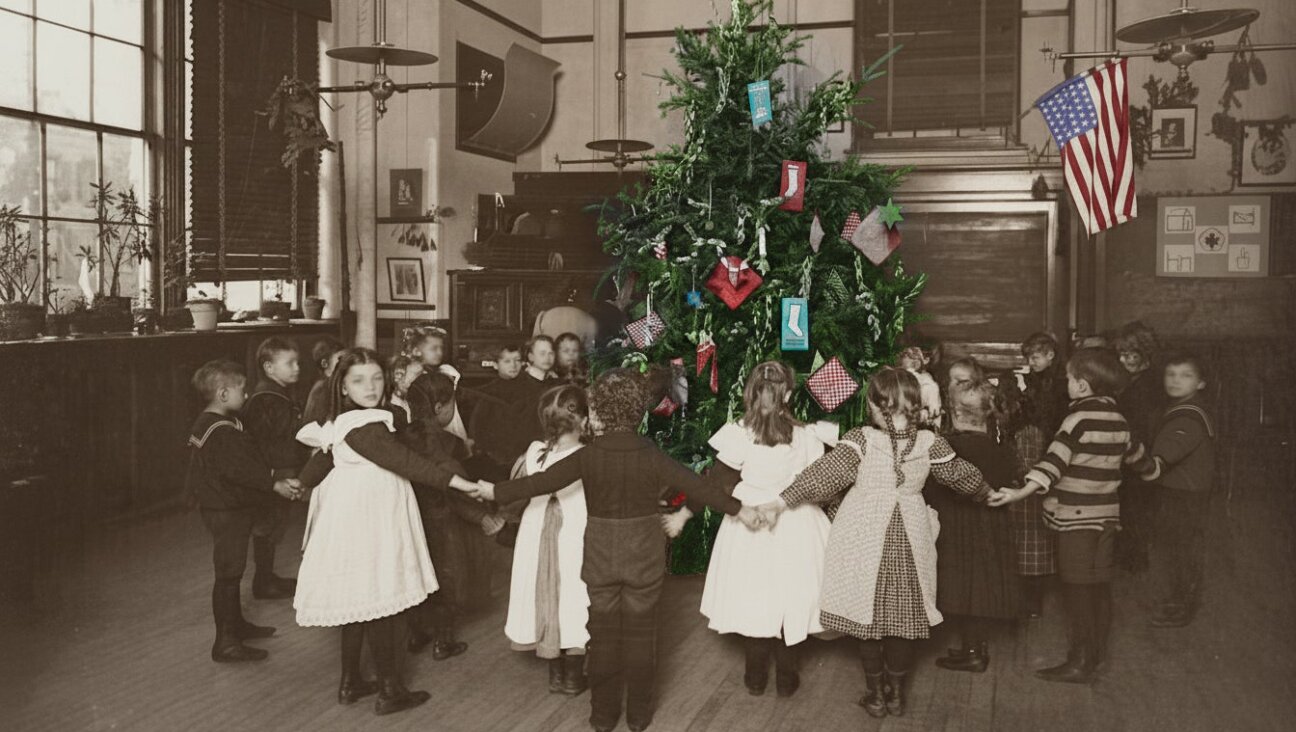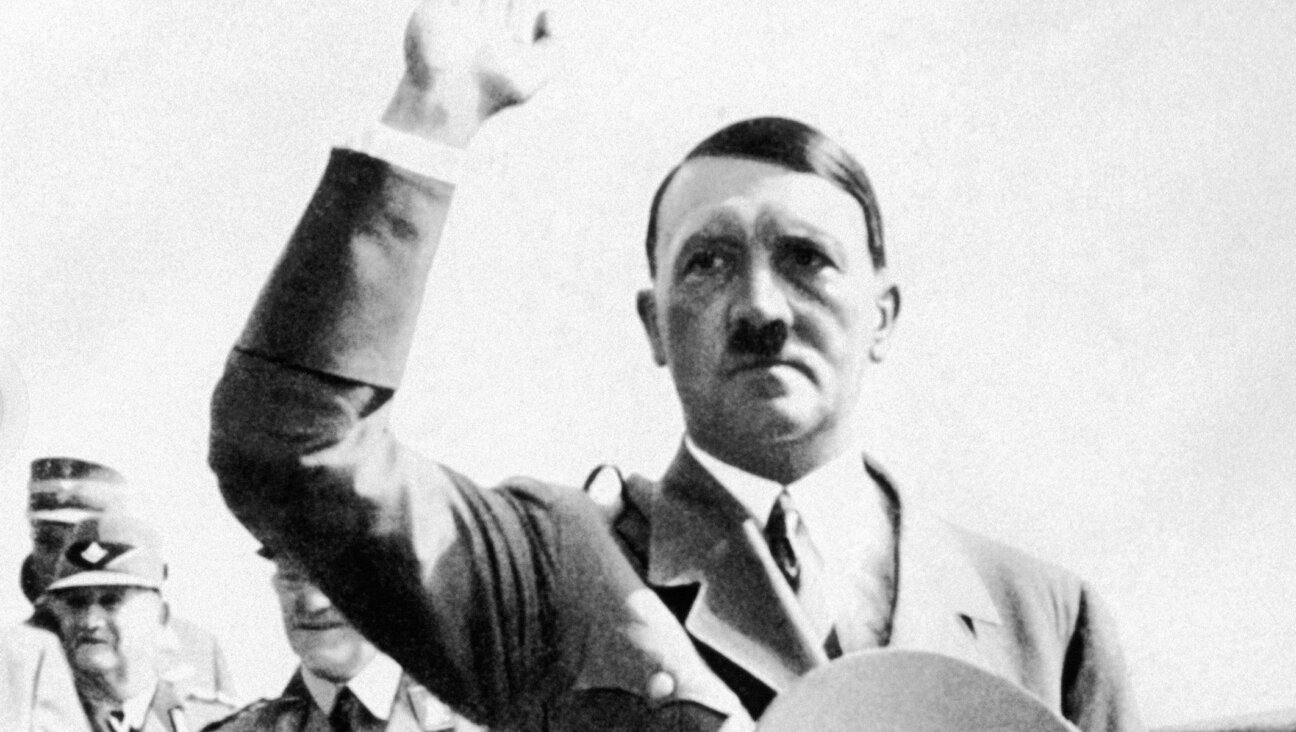The Man Who Can Make a Cheetah Jump

Citizen Kainen: Dan Kainen, son of artist Jacob Kainen, used the lenticular process to create the book ?Safari.? Image by Courtesy of Dan Kainen
When inventor Dan Kainen opens the first page of his novelty book “Safari” for me at the bar of Greenwich Village’s Knickerbocker Grill, the cheetah on the first page springs to life. A woman nursing her drink leans over. Soon, a small crowd with cocktails in hand gathers around, mesmerized by the eight pages of magically moving African animal photographs. “How the hell do they do that?” one man asks, setting down his drink to give it a go.
The answer is photicular, Kainen’s patented method of lenticular optical illusion that looks remarkably like National Geographic documentary footage. Lenticular has been around in some form since 1692, when painter Gaspard Bois-Clair first created a 3-D illusionary effect on a ribbed canvas. (If you made your way to Rosenborg Castle in Copenhagen you could see for yourself. From the right side of Bois-Clair’s Double Portrait of Frederik IV you’ll see King Frederik, and from a left angle you’d see his sister Sophie Hedevig.) Scores of lenticular patents go back to 1895. Contemporary examples include Cracker Jack toys (think winking eyes) and Rolling Stones tongue logo badges.
It’s not that Kainen was doing bupkis before “Safari.” He had a meandering career that included art school, making T-shirts, laser light shows, and high-end restaurant lighting design. But he was not doing what he wanted to be doing, which was making money off of his wackiest ideas, including his lifelong obsession with lenticular. At an age when most men are easing into retirement, the silver-haired 66-year-old Kainen says he has just started in on his to-do list. (In 1996, Kainen met Karen Dorst, who became his second wife, and he’s adamant that I mention how instrumental she was in bringing his latest achievements to fruition.)
Kainen says that with Dorst’s encouragement, he got his first lenticular application patent around the turn of the millennium. (He now has three patents.) Even so, it was hard to impress on anyone the importance of his product. “I would get comments like, ‘Ought to make money somehow.’ More often they thought I was a kook.”
Then, in 2007, Rufus Butler Seder published the lenticular novelty book “Gallop!” Seder’s groundbreaking “Scanimation” books for Workman Publishing, including “Gallop!” “Waddle!” and “Swing!” have sold over five million copies. Inspired by Seder’s success, Kainen approached Workman editor Raquel Jaramillo, who was astonished by Kainen’s prototype but felt concerned about alienating Seder by bringing another lenticular author into the fold. Seder, however, embraced his new competition.
“There is no such thing as a bullet proof pat [patent],” Seder told me from Boston. “Nefarious forces will study your pats, but won’t have your artistry. You fight what you can, but it helps to be first out. I was floored when I saw his prototype, and I immediately wanted to see it out in the world.”
Kainen is a longtime New Yorker who grew up in American University Park, near the border of Maryland and Washington, D.C., and comes from a family of innovators, most notably his father Jacob Kainen, a painter equally at home in abstraction and realism. His father exhibited with Willem de Kooning, Stuart Davis, Mark Rothko, John Graham, Arshile Gorky and Jackson Pollock. De Kooning and Gorky and Kainen were especially close in the 1930s when they were all making their livelihood via the Works Progress Administration, popularly known as the WPA. They would see the latest Kit Carson Western serial in a Times Square movie house, and then get to their studios, all near Union Square. Jacob Kainen made the painful decision to leave the scene in 1942 accepting a job offer in Washington, D.C. While still at work as an artist, Jacob Kainen became a force in the Washington art world, and a pioneering curator at the Smithsonian, which in 1993 presented a major retrospective of his painting.
In a 1981 oral history, Jacob Kainen said: “My parents used to subscribe to the Jewish Daily Forward. On Sundays there was a rotogravure section and a painting was always reproduced, lots of Rembrandts. But they had other artists, you know, art history. I began clipping out these painting reproductions and pasting them into scrapbooks. Very cheap paper and I used rubber cement, but I finally had a pretty good collection. I learned a lot about art that way.”
At age 20, the summer before Dan Kainen was to start attending Pratt, his father gravitated in the summer toward the exceptional light of Cape Cod. He suggested they take a trip together to Provincetown. He said, “You can meet some of my old friends, and you’ll be able to see how they turned out. It’ll give you a sense of life and destiny.” Rothko saw Dan Kainen alone on the beach, drawing, and thumbed through his sketchbook and encouraged him, but then he realized whose son Dan Kainen was and yelled at his father for letting him be an artist. “Rothko famously hated the industry,” Dan Kainen explains. Rothko told them a story about offering two paintings to three museums — the Museum of Modern Art, the Whitney, and the Guggenheim. He offered them both for $300 and none of the museums would buy them. “Six months later,” Rothko explained, “I was famous, and they offered me $30,000 for the same two. I told them I wouldn’t sell you shit!” But despite his crusty exterior, Kainen thinks he was quite touched, seeing an old friend’s son be so idealistic about art.
Jacob Kainen died in 2001, but not before he got to see his never-quite-high-achieving son’s lenticular prototype that is very close to “Safari,” which has been at the near top of the New York Times children’s best-seller list since its debut in October 2012. “He said, ‘It’s like your magic!’ — I was going to be a magician when I was a child.”
Dan Kainen’s grandmother, Fannie Levine, was also a creative. She escaped the pogroms by hiding between the walls in the home of a sympathetic Christian family, and further beat the odds when suspicious soldiers stuck bayonets in the wrong walls. Despite her lack of any formal education, she was a lover of the arts and would pick out paintings at the Metropolitan Museum of Art for Jacob Kainen to replicate as wedding or new baby gifts.
But perhaps Dan Kainen is most like his forever-dreaming grandfather, Joseph Kainen, a toolmaker who had worked since he was 10 in Hughesovka, a Russian town founded by expatriate Welsh industrialist John Hughes. Joseph escaped from Russia (via England) to New York in 1905, and became an inventor and holder of 22 patents, including one for a watch buckle. The family story goes that he also invented the dead man’s brake, a fail-safe safety device for trains, but had the idea stolen from him by a patent lawyer.
“While I was studying at Pratt Institute, my father noticed tics and idiosyncrasies that reminded him of my grandfather, not to mention what I was doing with my time instead of primarily painting,” Kainen recalled. “My freshman year I came up with a new style of cardboard furniture, and the machine to make it, while taking a 3-D design course with David Lee Brown. After that he got into T-shirts, and fell into laser light shows when a tech whiz named Infante, who ran a laser light show company gave him a place to stay in his huge industrial loft on Spring Street. Kainen continued to work with lasers, working at a sound studio where he made little money, until he married in 1980. In need of a better job, he answered a New York Times ad for somewhere “way the hell out in Queens” for an entry level systems engineering post at a lab that did subcontracting work for NASA, Livermore, Bell Labs and cutting-edge high-tech labs, using precision motion control and electro-optics.
Throughout his life, Kainen has filled notebooks with some of his extreme concepts. “In 1971 I wrote a sci-fi short story called ‘The Quantum Jump,’ about the first space ship to reach light speed. It reached the next dimension by becoming the equivalent of a highly charged particle and emitting what we would call a neutrino. I had no idea what I was talking about, but just after that I read a news story about a great amount of neutrinos emitted from the linear particle accelerator at Fermilab.” One sketchbook also from the early 1970s includes his detailed designs for a 3-D printer with which he envisioned building sizeable structures. Now 3-D printing, which is normally done on a small scale, is in fact is now used to produce much larger structures, very close to what Kainen swears he envisioned.
So, what’s next? Maybe finding a way to talk to the secretary of energy to explain his detailed idea to use the Mojave Desert to power the entire United States. “Having studied this for quite a while, the most efficient way seems to be so-called ‘CSP’ [concentrated solar power], which uses the heat of the desert sun to turn turbines during the day while storing additional heat to turn them at night. There are some people doing this type of solar already, but it needs to be done on a much larger scale, like a WPA project, and that should include distributing power via high voltage direct current [HVDC] It’s capable of shipping electricity transcontinentally with little loss (10 percent for 2000 miles). HVDC has been in use in the U.S. since 1970.”
Or maybe he’ll put his efforts toward forwarding his concept related to inertial fusion. Says Kainen: “If a mere mortal like me could get an audience with someone like Stephen Hawking, I’d love to discuss it with him. You don’t need to know calculus to communicate a basic idea, and I think my basic idea is serious. The numbers come later. A patent lawyer once told me flat out that I would never be able to sell an idea like that, but that the credit would be a form of currency.”
Then again, maybe he’ll just focus on his lenticular work, and his next photicular release with Workman, which is likely to be another best seller. “But you wouldn’t by chance know a gallery owner who embraces the amalgamation of science and art?” he asks after helping me with my coat, having just described his lenticular installation exhibit dreams in the doorway of the Knickerbocker. “When you’re an idea man you have to keep pushing, especially when you are a senior.”
Laurie Gwen Shapiro is an author and documentary filmmaker based in New York City.














